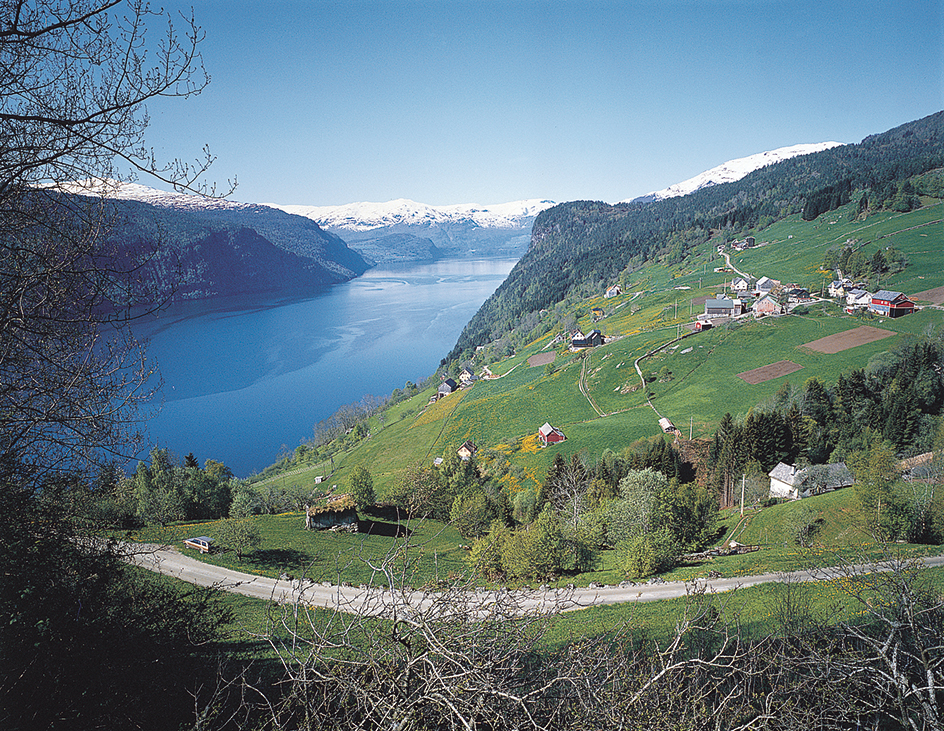Fiord << fyawrd >>, also spelled fjord, is a long, narrow, winding inlet or arm of the sea. Fiord is a Norwegian word, first applied to the deep bays and inlets along the ragged and mountainous coastline of Norway. Geologists debate the origin of fiords. Some believe that rivers cut valleys that were then deepened by glaciers millions of years ago. Others think that fiords sit upon faults (cracks in Earth’s crust), where the rock was weaker and more easily eroded by glaciers. Most fiords have steep, rocky walls. Some have foaming, roaring waterfalls. Most fiords also have shallow sills (underwater ridges) at their mouths that become more deeply submerged further inland. Small stretches of fertile farmland lie below some of the fiord walls.

The coasts of Alaska, British Columbia, Maine, Newfoundland and Labrador, Greenland, and New Zealand contain inlets like Norway’s fiords. Sea loch or firth is the name for such an inlet in Britain.
See also Norway (Coast and islands).
